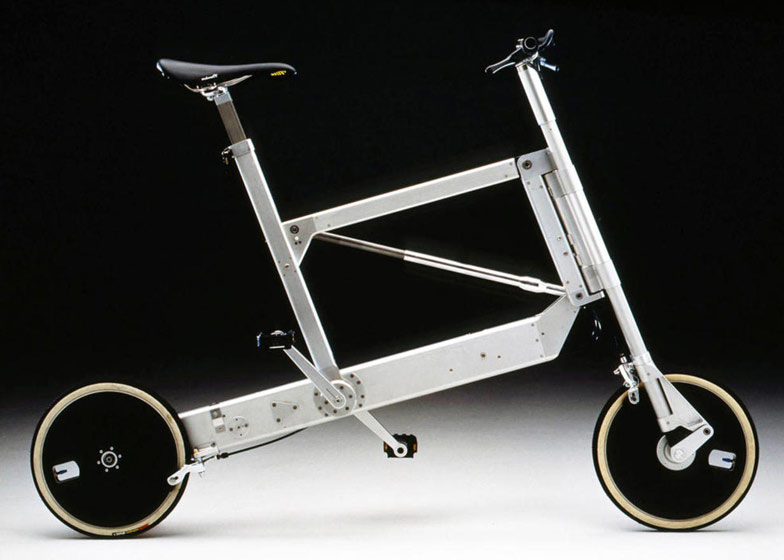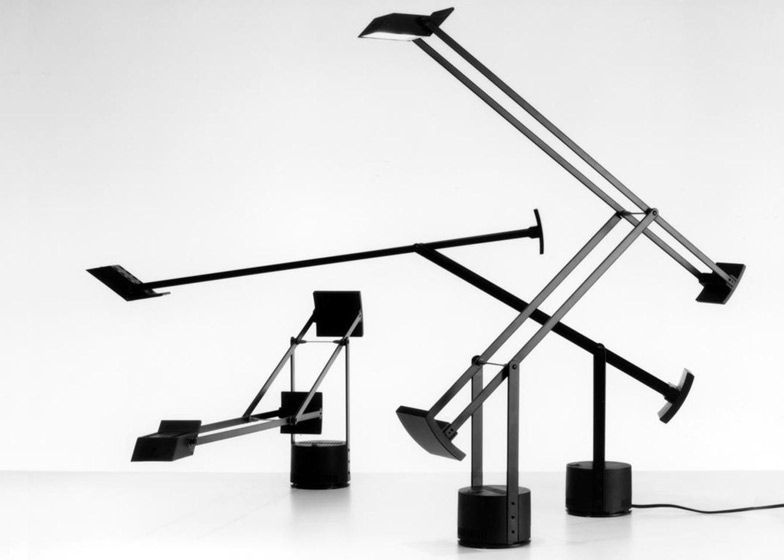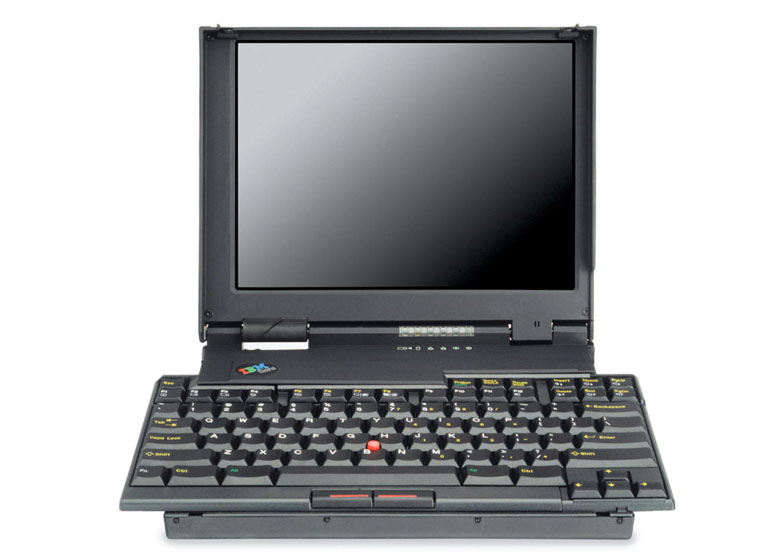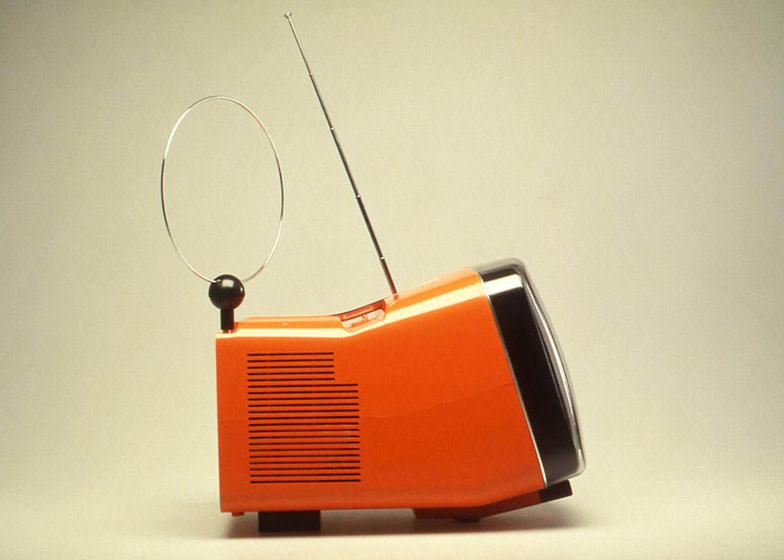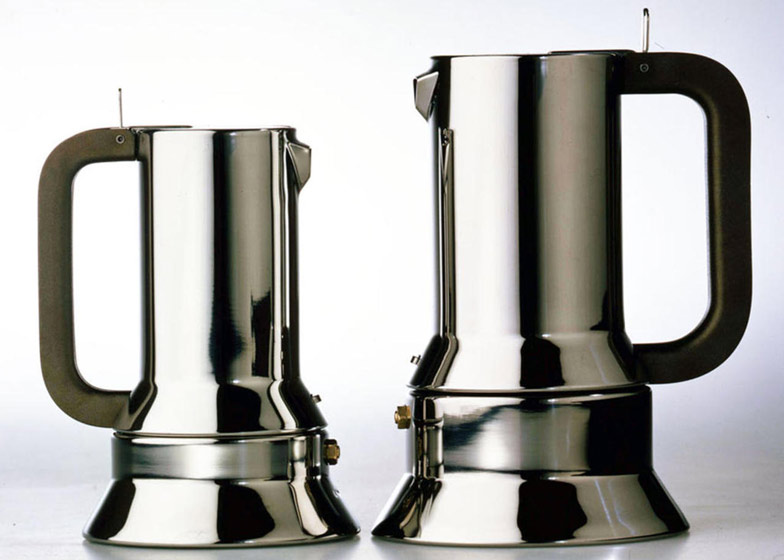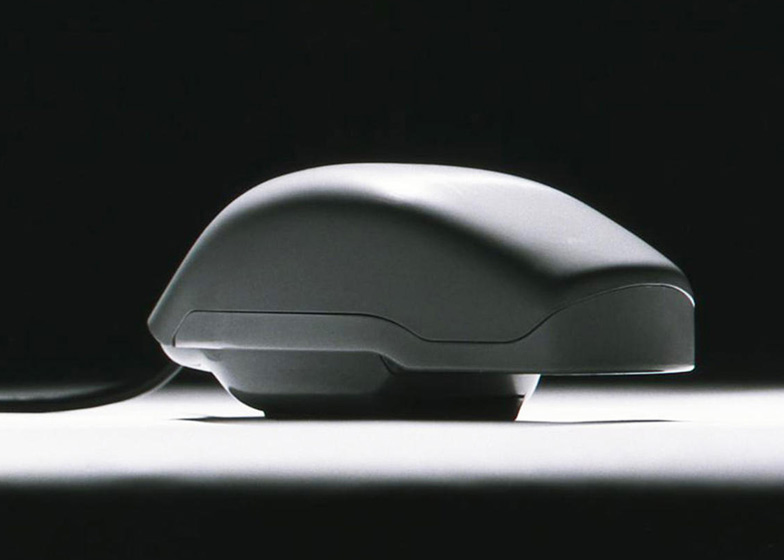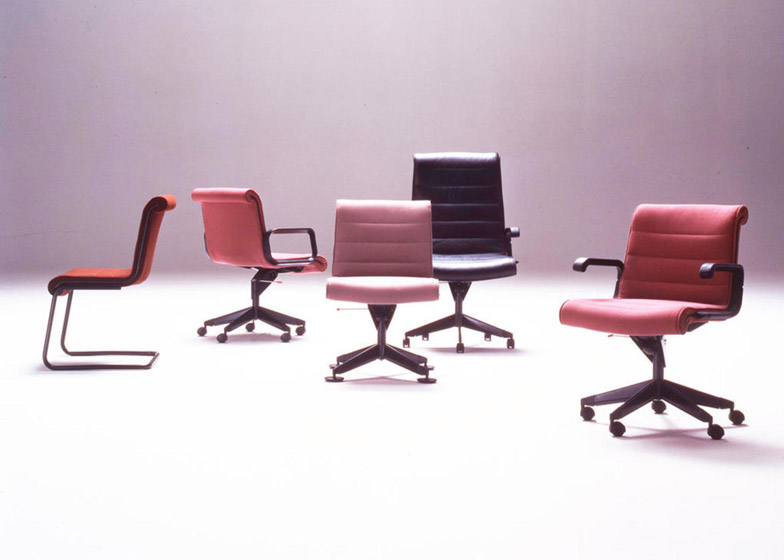Interview: German industrial designer Richard Sapper has launched a new website chronicling his work dating back to the 1950s. In an interview looking back on his career he tells Dezeen how he turned down the chance to work at Apple, how design has been "degraded" by commercialism and how 3D printing could help solve unemployment (+ slideshow).
Speaking from his home in Milan, Sapper, 81, recounts how Steve Jobs once tried to lure him to work for Apple, "but the circumstances weren't right because I didn't want to move to California and I had very interesting work here that I didn't want to abandon."
When asked if he regretted turning Jobs down he said: "Sure I regret it – the man who then did it [Jonathan Ive] makes $30 million a year!"
In a career spanning almost 60 years, Sapper has designed iconic products including the Tizio lamp, the ThinkPad range of laptops for IBM and the 9091 whistling kettle for Alessi.
Sapper says that he admires the work of Jonathan Ive and Steve Jobs at Apple, citing the company as an exception in an industry he feels has been "degraded" by an overriding focus on profit. "If a company asks me to design something, the first thing I hear is how much money they're making, how much money they want to make, and I'm expected to produce the difference."
Richard Sapper was born in 1932 and was first employed as a stylist with Daimler Benz in Stuttgart. He founded his own studio in Milan in 1959 and worked as a consultant for many of Italy's leading companies, including Brionvega, Fiat and Pirelli.
He is renowned for his work with technology brands, including IBM, for whom he has been chief industrial design consultant since 1980.
When asked about 3D printing and its impact on the design industry, Sapper describes it as "a huge revolution," and adds, "it is revolution that allows anyone who has such a machine the possibility to produce something that they have invented themselves. This can help to reduce the problem of unemployment because people are able to produce something without having to be employed."
Sapper's 9091 whistling kettle for Alessi is one of several iconic kettles described by Design Museum director Deyan Sudjic in a film made by Dezeen for the Design Museum Collection App for iPad.
Other clients include Alessi, Artemide, Kartell, Knoll, Lenovo and Magis.
Despite his prodigious career, Sapper says he launched a new website, designed by London studio Julia, because "I've been working in design for over 50 years and most people still don't know my work."
Here's a transcript of Richard Sapper talking with Alyn Griffiths from Dezeen:
Alyn Griffiths: Your website documents a career going back all the way to the 1950s. How has design changed in that time?
Richard Sapper: There have been enormous changes. When I was young and starting out, industrial designers all worked for somebody who owned a company. Some of those company owners wanted to make good-looking things because there is pleasure associated with good forms. In many ways these people were idealists. They didn't make more money because they made a beautiful design. Today, it seems to me that money is the only reason to make design.
If a company asks me to design something, the first thing I hear is how much money they're making, how much money they want to make, and I'm expected to produce the difference. It is a completely different relationship and it isn't as much fun to work in such a relationship. From that point of view, my profession has degraded.
Alyn Griffiths: So do you think there are too many products and too many designers today?
Richard Sapper: There are certainly too many products and too many designers, and the idea behind design has changed. Today it's all [about] money. Back then it was just an interest in producing something beautiful. And this is very similar to the interest a designer has in making a design. They want to do something beautiful. If you find a manufacturer who has the same interests then it is easy to work together. Today, most of my clients are so big that there is no one person who is responsible for the appearance of the product.
Apple has been a real exception because it was a company that, up until last year, still worked as my old clients used to work. They would come and see what I do, they would tell me their opinions and it was just [Steve] Jobs who did that. He absolutely wanted to make beautiful products.
Alyn Griffiths: You never worked for Apple did you?
Richard Sapper: Jobs once wanted to hire me to do the design of Apple [computers] but the circumstances weren't right because I didn't want to move to California and I had very interesting work here that I didn't want to abandon. Also, at that time Apple was not a great company, it was just a small computer company. They were doing interesting things so I was very interested, of course, but I had an exclusivity contract with IBM.
Alyn Griffiths: Do you regret it at all?
Richard Sapper: Sure I regret it – the man who then did it makes $30 million a year! [Laughs] so how can you not regret it?
Alyn Griffiths: How have technologies like 3D printing changed the processes of designing and manufacturing?
Richard Sapper: 3D printing is changing not only the way design is made – that has already happened – but it is also changing the way things are produced. In a few years, many things that are now produced in big factories will just be done at home.
Alyn Griffiths: Do you think that's a good thing?
Richard Sapper: Yes, I think so. It's a huge revolution, and it is revolution that allows anyone who has such a machine the possibility to produce something that they have invented themselves. This can help to reduce the problem of unemployment because people are able to produce something without having to be employed.
Alyn Griffiths: Do you not worry that the quality of design will deteriorate?
Richard Sapper: I think it has already deteriorated! [Laughs] I'm always asked, 'Was there more good design when you were young, or is there more good design design now?' My answer is that there is more good design now, but really good design was rare when I started and is still rare now.
Alyn Griffiths: Are there any designers working today who you admire?
Richard Sapper: Of course, I admire Jonathan Ive's work very much. But you mustn't forget the contribution of Steve Jobs because they worked so closely together.
Alyn Griffiths: What makes a good design for you?
Richard Sapper: It has to transmit a message to whomever is looking at it, or who has it in their hand. What message is another question, but it has to tell them something.
Alyn Griffiths: What you are currently working on?
I'm currently working on several things; one is an LED ceiling lamp to illuminate a whole room, I'm working on a system to support computer monitors for Knoll, which is a big project that I have been working on for five years. I'm also working on computers for Lenovo and I'm a consultant for IBM, so I have stuff to do!

